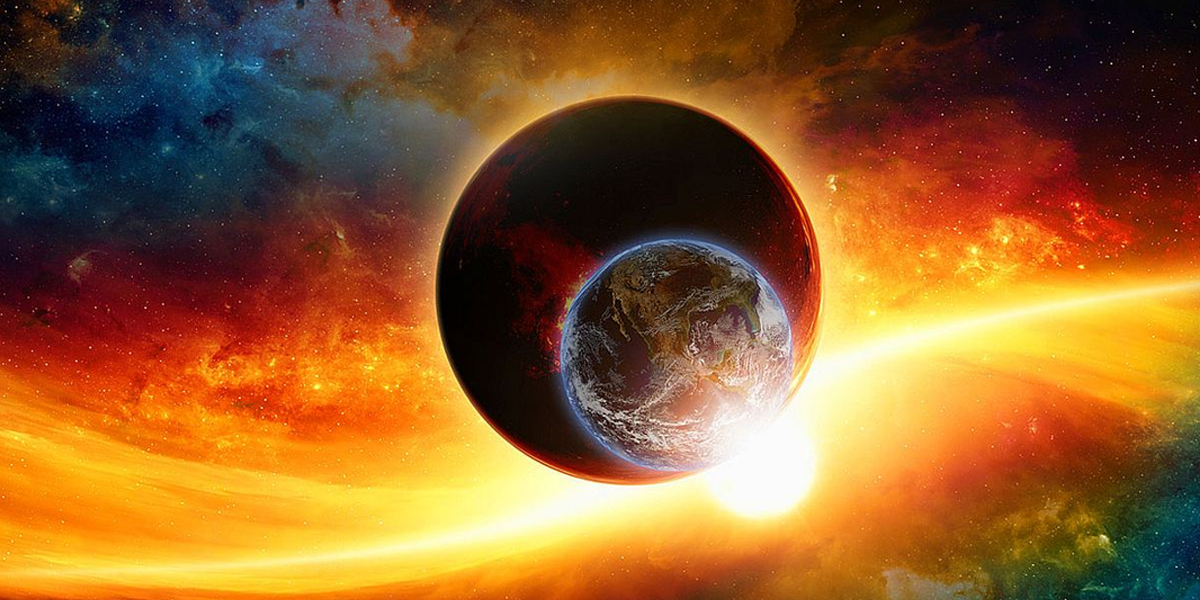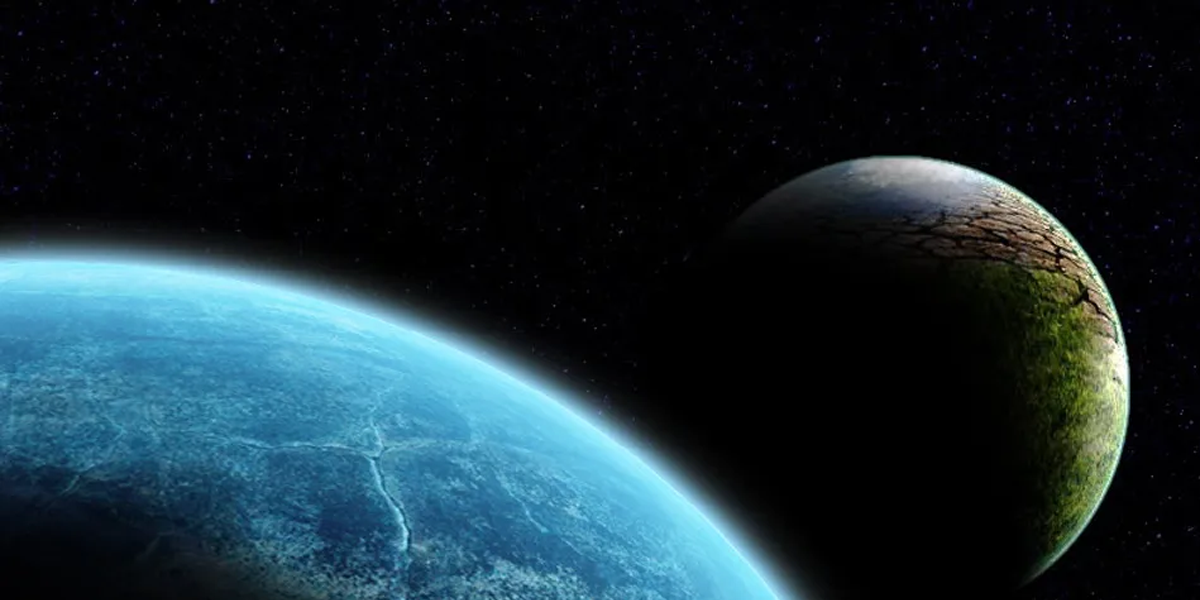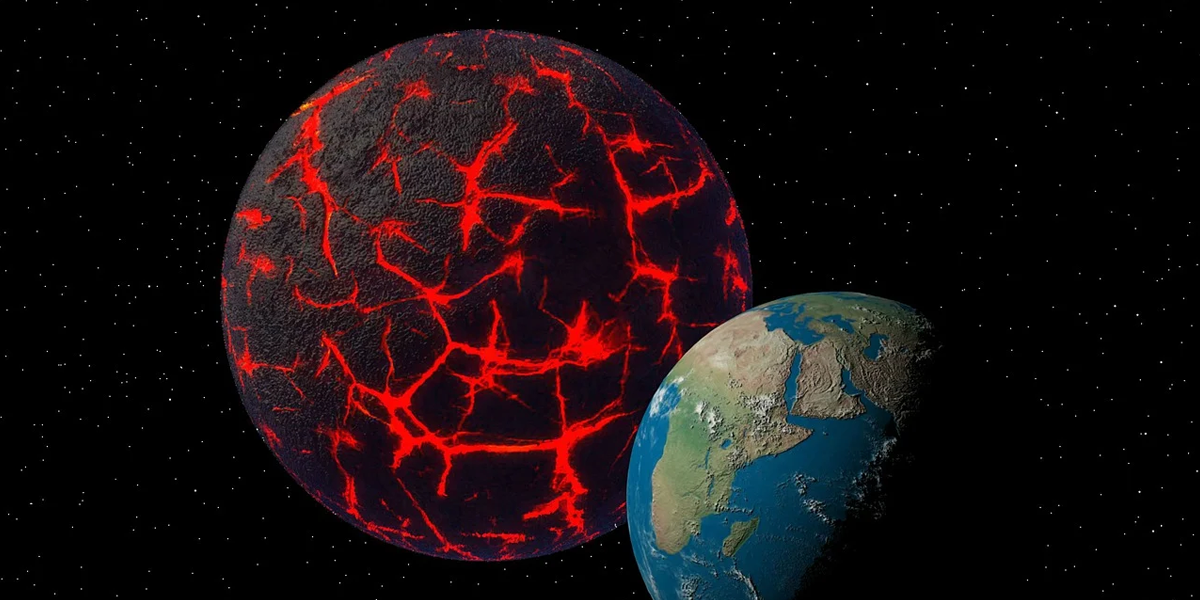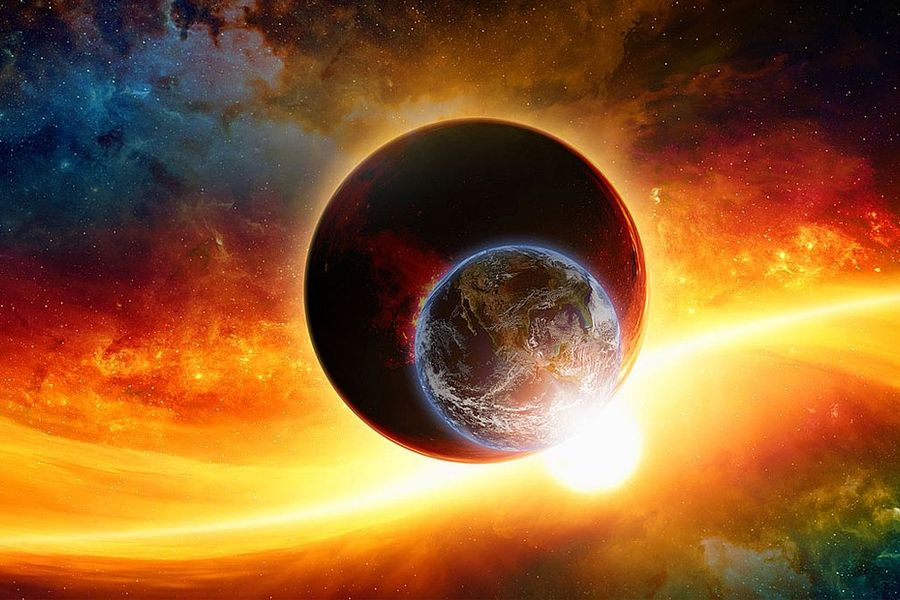The concept of Nibiru and its alleged connection to an impending apocalypse has captivated imaginations and sparked debates for decades. This idea, rooted in a blend of ancient mythologies and modern conspiracy theories, continues to intrigue those fascinated by celestial phenomena and doomsday scenarios. But what exactly is Nibiru, and is there any scientific basis for the apocalyptic claims associated with it?

The concept of Nibiru and its alleged connection to an impending apocalypse has captivated imaginations and sparked debates for decades. This idea, rooted in a blend of ancient mythologies and modern conspiracy theories, continues to intrigue those fascinated by celestial phenomena and doomsday scenarios. But what exactly is Nibiru, and is there any scientific basis for the apocalyptic claims associated with it?
The Origins of Nibiru
Nibiru’s origins trace back to the works of Zecharia Sitchin, an Azerbaijani-born American author who interpreted ancient Sumerian and Mesopotamian texts. In his 1976 book “The 12th Planet,” Sitchin suggested that Nibiru, also referred to as Planet X, is a large, distant planet that passes through our solar system every 3,600 years. According to Sitchin, Nibiru’s inhabitants, the Anunnaki, are an advanced extraterrestrial race that once visited Earth, influencing early human civilizations.
Sitchin’s theories, while fascinating, are not supported by mainstream historians or scientists. His translations and interpretations of ancient texts have been widely criticized for inaccuracies and creative liberties that do not align with established historical and archaeological evidence.

The Modern Nibiru Cataclysm Theory
The modern Nibiru cataclysm theory took shape in the late 20th and early 21st centuries, gaining traction through the internet and popular culture. Proponents of this theory claim that Nibiru’s approach towards Earth will result in catastrophic events, including massive earthquakes, tsunamis, and a possible pole shift. Some even predict a collision or near-miss that could lead to the end of human civilization.
One of the most notable spikes in public interest occurred in the lead-up to December 21, 2012, a date mistakenly associated with the end of the Mayan calendar and doomsday predictions. Despite widespread fears and media coverage, the day passed without incident, and no astronomical evidence supported the existence or approach of Nibiru.
Scientific Perspective
From an astronomical standpoint, the existence of Nibiru or any similar rogue planet in our solar system is highly improbable. Astronomers use powerful telescopes and advanced detection methods to observe celestial bodies and monitor their movements. Any large planet on a collision course with Earth would have been detected years in advance.

NASA and other space agencies have repeatedly debunked the Nibiru cataclysm theory. In fact, the supposed trajectory and characteristics of Nibiru contradict known laws of physics and orbital mechanics. If a planet-sized object were on such an erratic path, it would destabilize the orbits of other planets and moons, which has not been observed.
Psychological and Cultural Impact
The allure of doomsday predictions and apocalyptic narratives is a recurring theme in human history. These stories often reflect deeper psychological and cultural anxieties about the future and the unknown. The Nibiru myth, like many others, taps into a primal fear of cosmic forces beyond our control.
Moreover, the internet age has amplified the spread of such theories, allowing them to reach and influence a global audience. Social media platforms, forums, and video-sharing sites provide fertile ground for the rapid dissemination of misinformation, making it challenging to separate fact from fiction.
While the tale of Nibiru and its apocalyptic implications makes for compelling fiction, it lacks a foundation in scientific reality. The continued fascination with this myth highlights the human penchant for storytelling and the perpetual curiosity about our place in the universe. As with many extraordinary claims, it is essential to approach them with a critical mind and rely on evidence-based science to guide our understanding of the cosmos. The true marvels of the universe, as revealed by scientific exploration and discovery, are wondrous enough without the need for fictional doomsday planets.



